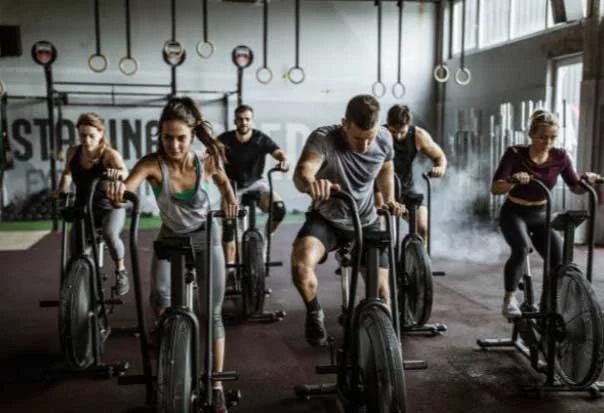Introduction: The Importance of Athletic Training for Athletes
Being in the game and injury-free is the ultimate goal for any athlete. Whether it’s the pinnacle of victory or the heart-wrenching defeat, an athlete’s performance relies heavily on their physical condition. This is where athletic training plays a crucial role. , am here to shed light on the intricacies of athletic training that keep athletes in top shape.
Prevention is Better than Cure: The Role of Injury Prevention
Any athlete will tell you that injuries can be devastating to their career. To stay injury-free, a proactive approach to prevention is key. Athletic training programs focus on identifying potential weaknesses and imbalances in an athlete’s body, thereby reducing the risk of injuries before they occur. Targeted exercises, flexibility training, and functional movements improve an athlete’s overall strength and mobility, reducing the chances of strains, sprains, and other acute injuries.
The Three Pillars of Injury Prevention
1. Strength Training: Properly structured strength training programs help athletes build a solid foundation, enhancing their ability to withstand the physical demands of their sport. By targeting specific muscle groups and improving overall body strength, athletes can reduce the risk of injuries caused by overexertion or sudden movements.
2. Flexibility and Mobility: Flexible muscles and joints are less prone to injuries. Incorporating stretching exercises and mobility drills into training routines can enhance an athlete’s range of motion, reducing the risk of strains and tears during intense physical activities.
3. Biomechanical Analysis: Understanding an athlete’s movement patterns is essential in identifying potential issues. Advanced technologies such as motion capture and video analysis help trainers analyze an athlete’s form and technique. By pinpointing any flaws, corrective measures can be taken to prevent injuries caused by improper mechanics.
Recovery for Optimal Performance: The Importance of Rest and Rehabilitation
Athletes push their bodies to the absolute limit, subjecting themselves to intense physical stress during training and competition. To maintain peak performance, adequate rest and effective rehabilitation play a vital role in the training process.
The Role of Rest and Periodization
Rest is not synonymous with laziness; it is a strategic component of athletic training. Proper rest allows the body to recover and rejuvenate, ensuring that athletes perform at their best during crucial moments. Moreover, implementing periodization techniques helps athletes structure their training programs, allowing for adequate rest periods and preventing overtraining.
The Power of Rehabilitation
Injuries are inevitable in sports, but effective rehabilitation protocols can help athletes bounce back stronger than before. Trainers, coaches, and medical professionals work collaboratively to create individualized rehabilitation plans, incorporating targeted exercises, manual therapy, and other modalities to restore functionality and prevent future injuries.
Enhancing Overall Performance: Physical and Mental Conditioning
Athletic training extends beyond injury prevention and recovery. It encompasses the development of an athlete’s physical and mental attributes, optimizing their overall performance.
Strength and Conditioning
To excel in their respective sports, athletes must possess strength, power, and endurance tailored to their specific needs. Strength and conditioning programs are designed to enhance an athlete’s physical qualities, ensuring they have the necessary strength, speed, and stamina to outperform their competitors.
Mental Preparation and Sports Psychology
Sports performances are not solely determined by physical abilities; mental preparation plays a significant role. Sports psychologists work closely with athletes, teaching them techniques to manage stress, enhance focus, and boost confidence. By developing mental resilience, athletes can perform better under pressure and maintain focus throughout the game.
Conclusion
In the game and injury-free – this is the dream of every athlete. Athletic training serves as the backbone that supports athletes in achieving this dream. By focusing on injury prevention, facilitating effective recovery, and enhancing overall performance, athletic trainers play a pivotal role in keeping athletes in top form throughout their careers. As athletes continue to strive for greatness, the guidance and expertise of athletic trainers will remain essential. Embrace the power of athletic training, and witness the transformation of ordinary athletes into extraordinary champions.
Remember, when it comes to athletic training, prevention is the key, recovery is paramount, and overall performance is the ultimate goal. Stay in the game, stay injury-free, and unlock your true potential as an athlete.
The Benefits of Sports-Specific Athletic Training

